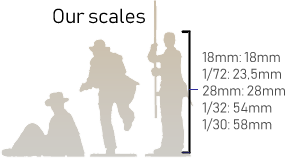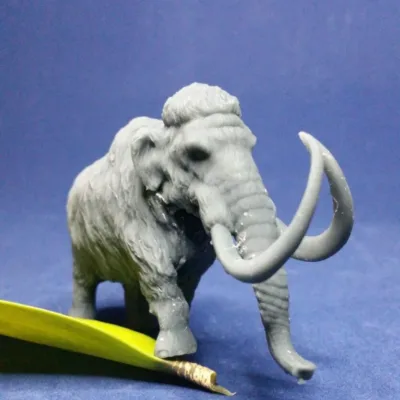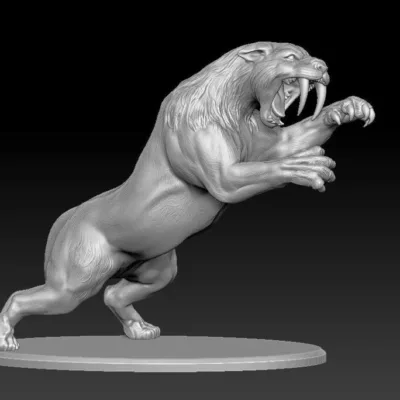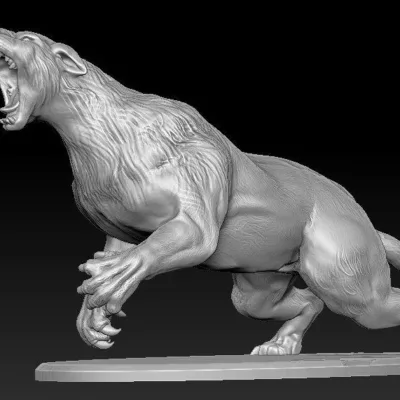You must be logged in to post a review.
quinkana 6 different poses, kit
€15.00 – €75.00

- Measured from top of base to top of head
- Want size a little different? No problem, please write below!
- Need entirely other scale? Please mail us!
If the picture of the figure shows a base, then the figure will come with a base unless you request otherwise. If no base is shown in the picture, then you will need to request a base on the figure if you would like one.
Quinkana is a genus of prehistoric predator that lived in Australia during the Pleistocene epoch, around 2 million to 50,000 years ago. It was a large, terrestrial predator that was well-adapted to life in the Australian savannas and forests.
Fun facts:
- Quinkana was a close relative of the modern-day crocodile and had a long, slender body, powerful legs, and sharp teeth, making it a formidable predator.
- It was an efficient runner and was capable of pursuing prey over long distances, making it one of the top predators of its time in Australia.
- Fossils of Quinkana have been found in many locations across Australia, providing important evidence for the distribution and evolution of this species.
- The exact cause of its extinction is unknown, but some theories suggest that changes in climate or the arrival of human populations in Australia may have played a role.
- Today, the remains of Quinkana provide important information about the evolution and diversity of prehistoric predators in Australia.
Artist: José Jorge Pereiro. For larger scales, print will be in parts.
This is a high quality miniature 3D printed by Speira Miniatures in Sweden.
You can paint it as any normal miniature, no need to wash it beforehand. It is delivered unpainted.
Usable for dioarama, wargaming or tabletop role-playing games, such as Dungeon and Dragons, Warhammer, Pathfinder and so on. Also great as decor in your home if you order the large scales. We can always transform any model into a bust if you like, please contact us.
Due to the inherit nature of 3D printing the miniatures might contain imperfections and could require additional cleanup where the support have been; use sand paper or green putty for example. Print layers will sometimes be visable.
3D resin is brittle, even if we use a mixture than makes it more flexible. However it cannot be compared with the normal plastic that is used for example Warhammer, Marx or Conte miniatures. Handle the 3D prints with care, a fall can break them. Glue info here.










Reviews
There are no reviews yet.